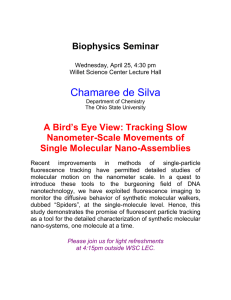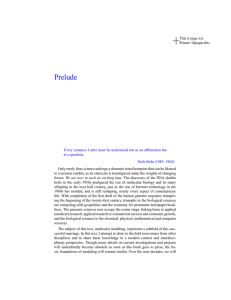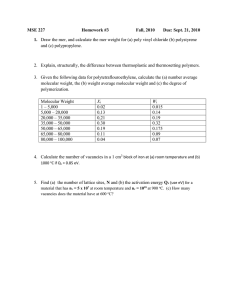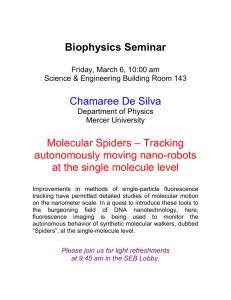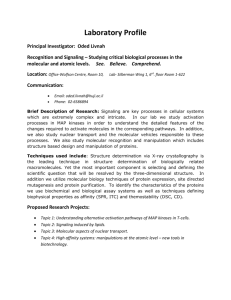Molecular tools in conservation: some examples from
advertisement
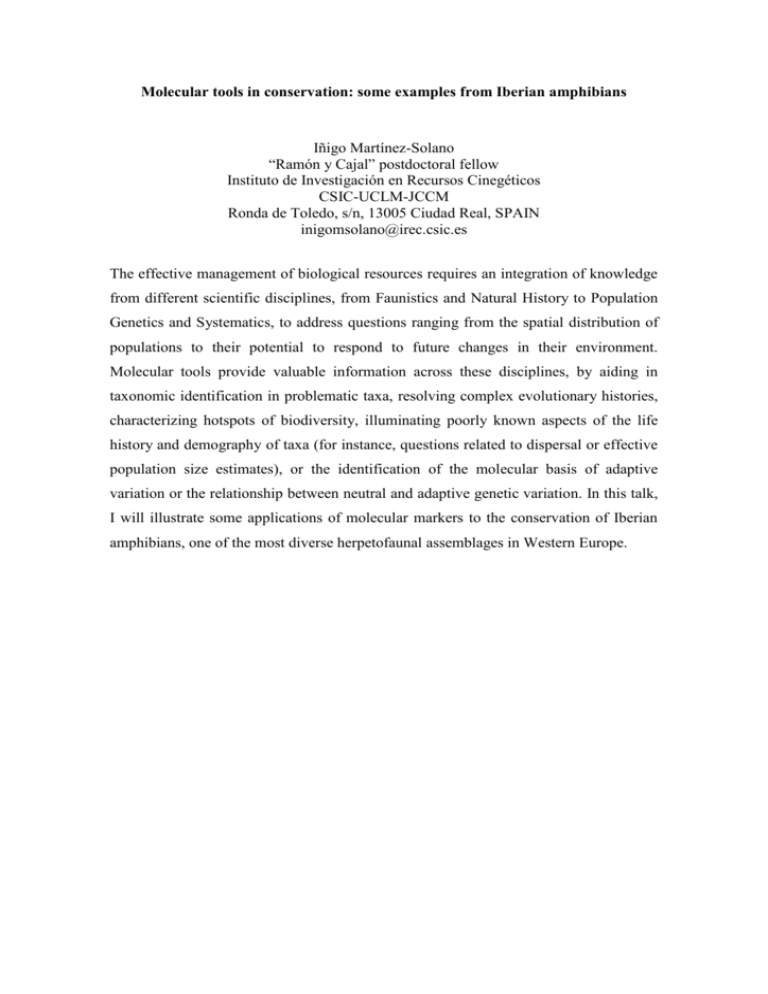
Molecular tools in conservation: some examples from Iberian amphibians Iñigo Martínez-Solano “Ramón y Cajal” postdoctoral fellow Instituto de Investigación en Recursos Cinegéticos CSIC-UCLM-JCCM Ronda de Toledo, s/n, 13005 Ciudad Real, SPAIN inigomsolano@irec.csic.es The effective management of biological resources requires an integration of knowledge from different scientific disciplines, from Faunistics and Natural History to Population Genetics and Systematics, to address questions ranging from the spatial distribution of populations to their potential to respond to future changes in their environment. Molecular tools provide valuable information across these disciplines, by aiding in taxonomic identification in problematic taxa, resolving complex evolutionary histories, characterizing hotspots of biodiversity, illuminating poorly known aspects of the life history and demography of taxa (for instance, questions related to dispersal or effective population size estimates), or the identification of the molecular basis of adaptive variation or the relationship between neutral and adaptive genetic variation. In this talk, I will illustrate some applications of molecular markers to the conservation of Iberian amphibians, one of the most diverse herpetofaunal assemblages in Western Europe.

